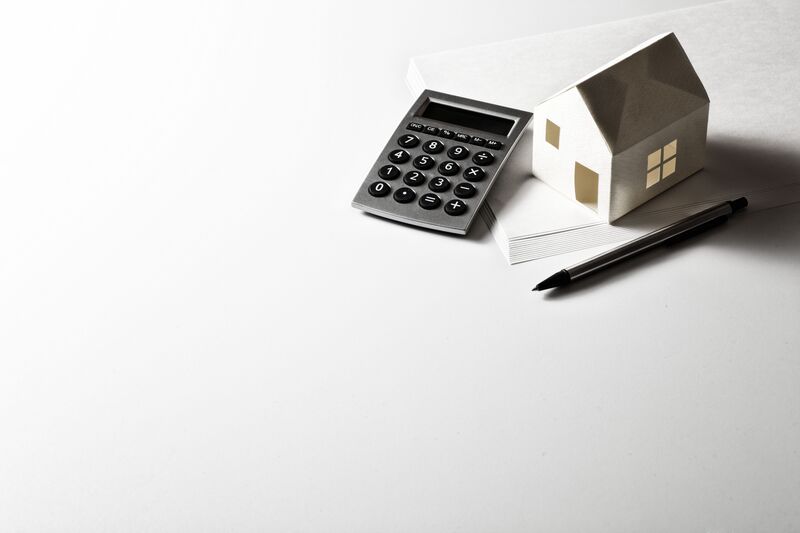Everything You Need to Know to Move Your Bed and Mattress
Relocating your home comes with many challenges, especially when it comes to moving your bed and mattress. These are arguably the most crucial pieces of furniture for comfort and sleep, but they're also some of the most awkward and delicate items to transport. This comprehensive guide covers everything you need to know to move your bed and mattress safely, efficiently, and with as little stress as possible.
Why Properly Moving Your Bed and Mattress Matters
Your bed and mattress are investments in your well-being. Improper handling can lead to damage, stains, or even injuries. Protecting your bed frame and mattress ensures they last longer, maintain hygiene, and deliver restful sleep in your new home.

Planning for a Bed and Mattress Move
Assess Your Bed and Mattress
- Type of Bed Frame: Is your bed a platform, box spring, bunk bed, or adjustable frame?
- Mattress Type: Is your mattress a memory foam, spring, latex, hybrid, or something more specialized?
- Size and Weight: King and queen beds/mattresses require more manpower and space than twin sizes.
Gather the Right Tools and Supplies
- Mattress bag (to protect from dust and dirt)
- Movers' straps or lifting straps
- Allen wrenches & screwdrivers for disassembly
- Bubble wrap, blankets, and packing tape
- Plastic bags for hardware (screws, nuts, etc.)
- Moving dolly or cart
How to Disassemble Your Bed Frame
Most bed frames need to be disassembled before moving. This minimizes the risk of damage and makes the move easier.
-
Remove Bedding and Mattress
- Strip all sheets, pillows, and comforters.
- Pack bedding separately: Place them in clean, labeled boxes or bags.
- Stand mattress upright or lay it flat on a clean surface.
-
Unfasten the Bed Frame
- Use appropriate tools (usually an Allen wrench or screwdriver) to remove screws and bolts.
- Place hardware in a plastic bag, and tape it to the frame or label it clearly.
- If you have slats, stack them together and wrap for protection.
-
Wrap Bed Components
- Wrap headboard, footboard, and side rails in moving blankets or bubble wrap to prevent scratches.
- Use packing tape to secure protective materials, but avoid tape directly on wood or upholstery.
Packing and Protecting Your Mattress
Why You Need a Mattress Bag
Your mattress is susceptible to dust, dirt, moisture, and tears during a move. A mattress bag offers a sturdy, waterproof layer for peace of mind.
- Most home improvement stores carry mattress bags for all bed sizes
- Look for options with handles or sturdy construction for easier handling
- Seal the mattress bag completely to keep out dirt and pests
How to Move Your Mattress Safely
- Slide the Mattress Into the Bag: This is best done with one person holding the bag and another sliding the mattress inside. Make sure the fit is snug.
- Seal or Tape the Bag: Ensure there are no gaps at the opening; use packing tape if necessary.
- Plan Your Path: Before moving, clear a wide path to avoid snagging or damage. Remove tripping hazards and measure doorways or staircases for tight fits.
- Use Proper Lifting Techniques: Mattresses are heavier than they look. Always lift with your legs, not your back. If possible, use a moving dolly or team-lift for kings and queens.
Special Considerations:
- Memory foam mattresses bend easily but should not be folded tightly as this can damage the foam's structure.
- Spring mattresses must not be bent or folded or you'll risk breaking the internal springs.
- Consider rolling up thin foam mattresses, but reference your manufacturer's guidelines first.
Transporting Your Bed and Mattress
Choosing the Right Vehicle
For a seamless experience, use a moving truck or van that can fit your mattress and bed frame flat. Pickup trucks are an option but beware of weather exposure and lack of tie-down points.
- Keep Mattresses Flat: Most manufacturers recommend moving mattresses flat to avoid deformities and uneven wear.
- Secure Safely: Use straps and tie-downs so nothing shifts during transit.
- Load Last, Unload First: Place your bed and mattress in the truck last, so you can unload them first and set up your sleeping space immediately.
Professional Movers vs. DIY
Should you hire movers or do it yourself?
- Professional movers have experience and equipment to handle large, heavy beds and mattresses.
- DIY may save money but requires careful planning, enough helpers, and the right vehicle.
Navigating Stairs, Doors, and Tight Spaces
Most moving-day mishaps happen in narrow corridors or stairwells. Here's how to avoid damage and injury:
- Measure in Advance: Check the width of hallways and height of stairwells compared to your mattress and bed frame.
- Disassemble More if Needed: In particularly tight spaces, further break down your bed as much as possible.
- Protect Walls and Floors: Use corner guards and floor runners, especially if moving hefty bed components.
- Use Multiple Movers: Moving a mattress or frame up/down stairs is safest with two or more people, preferably with one spotter above and one below.
Pro Tip:
For particularly tight angles, tilt the mattress vertically and "walk" it through corners. Be gentle to avoid bending or creasing.
Reassembling Your Bed at Your New Place
Once you arrive, it's tempting to throw your mattress on the floor and call it a night. Instead, follow these steps to ensure your bed is reassembled correctly for safe, healthy sleep:
-
Unpack and Inspect:
- Remove all wrapping materials and check for any damage incurred during transit.
- Let your mattress air out (especially memory foam) to dissipate any odors.
-
Reassemble the Bed Frame:
- Lay out all bed parts and hardware.
- Consult instruction manual or take reference photos you snapped before disassembly.
- Tighten all connections and ensure the frame is steady before placing your mattress on top.
-
Position the Mattress:
- Set the mattress gently on the frame, ensuring it sits evenly and doesn't overhang the edges.
- For heavier mattresses like latex or hybrids, ask for help to lift and align.
-
Make the Bed:
- Use clean, fresh bedding to complete your setup.
- Organize any bed accessories, such as headboards, canopies, or under-bed storage, according to manufacturer guidance.
Frequently Asked Questions on Moving Beds and Mattresses
Can I move my mattress by myself?
Single and twin mattresses can sometimes be moved solo, but anything larger requires at least two people for safety. If you're navigating stairs or tight spaces, always ask for help.
Is it OK to fold a mattress for moving?
Never fold or bend an innerspring mattress. Memory foam mattresses can handle gentle bends but always consult manufacturer guidelines. Damaging a mattress structure can void warranties.
Do I need to clean my mattress before moving?
Yes! Vacuum your mattress and spot-clean any stains. This prevents spreading dirt or allergens to your new home.
How do I store a bed and mattress during a move?
Both should be stored in a dry, climate-controlled environment. Mattresses need to remain flat to avoid warping or sagging. Cover with mattress bags and moving blankets for protection.

Tips for a Stress-Free Bed and Mattress Move
- Take pictures during disassembly. These reference images make reassembly faster.
- Label all parts and hardware. Use zip bags and masking tape for easy tracking.
- Clean surfaces before moving. This ensures you aren't transferring dust or allergens into your vehicle or new home.
- Take your time. Rushing increases the risk of damage or injury.
- Don't forget to stretch. Moving furniture can be physically taxing -- limber up to avoid pulling muscles.
Conclusion: Sleep Easy in Your New Home
Moving your bed and mattress the right way is an investment in your sleep and overall health. By following the proper steps for bed and mattress disassembly, protection, transportation, and reassembly, you'll set yourself up for sweet dreams in your new space. For the best results, plan ahead, use the proper tools and materials, and don't hesitate to ask for help. Moving can be exhausting, but your restful night is worth every careful step.
If you follow this guide on how to move your bed and mattress, you'll not only protect your investment but also enjoy a seamless, stress-free transition to your next home. Happy moving!



